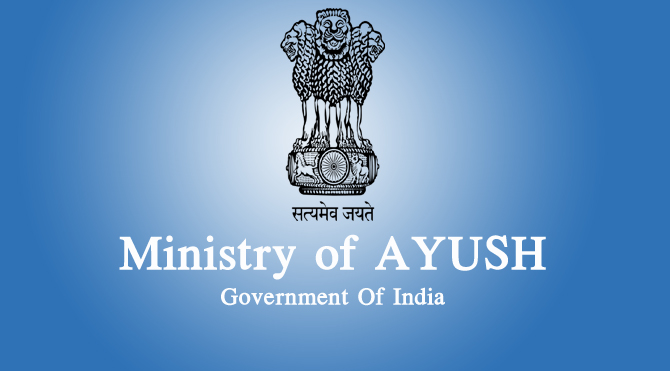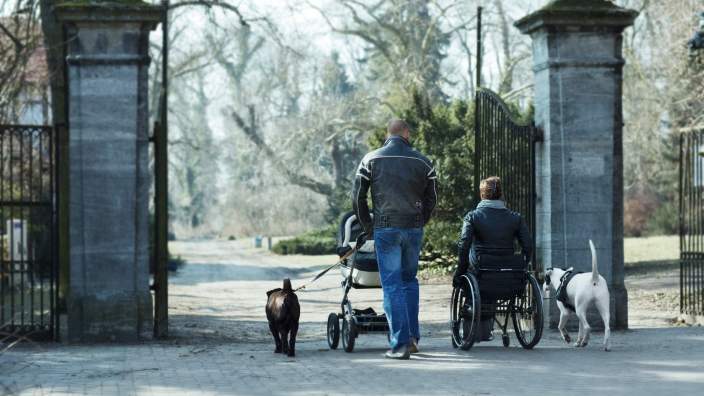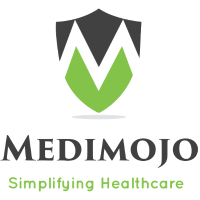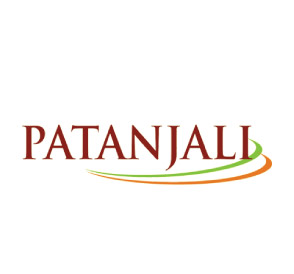

Dr Tapan Ghose, Director and HODCardiology, Paras Hospital, well versed incoronary interventional procedures & cardiacelectrophysiology, Dr Ghose, in conversation withEkta Srivastava, ENN

How technology is improving the healthcare in India?
All the doctors are basically students of science. They have been handling computer technology directly or indirectly in their business. At the present time most of their journals have electronic versions and majority of us are Technology Revolutionising the Cardiac Care Dr Tapan Ghose updating ourselves with in 24 hours of publication of the journal.
If you talk about handling computers like printing data into the HIS and generating computer database and giving electronic typed prescription then the utilisation rate is variable depending on the hospital, work environment and the exposure. Most of the doctors would like to participate and actively pursue the computer knowledge and they would also utilize the computer in their everyday activities in patient care, which includes access to various journals, access to guidelines to clinical practice of medicine and generating database. Most of us are using emails/computers for correspondence with the patients. Whats Up is a good application that is being utilised very often by the residents for quick transfer of ECG and other data. Therefore, such applications should always be explored.
Both computer and mobile technology has revolutionised the cardiac care in India. We have been transmitting data across the different parts of the country, teleconferencing (telemedicine) is a feature in most of the corporate hospitals. This gives access to tertiary care consultation to the remote corners of the country.
PACS and computer database allows us to share the same across pan India. Radiologists can now interpret the data from far off distance.
What are the challenges of Biological Valve development?
Biological Valve is already there in the market. It is is available for commercial use. Any valve has to go through animal experimentation before human use. They have to go through rigorous clinical trials before they are approved for commercial use.
What will be the next 10 years for the Interventional Cardiology?
Next 10 years for interventional cardiology, we will see tremendousamount of growth in terms of usage of new technology, growing numbers in terms of interventions, growth of more cath labs in the state and district head quarters. This is going to give our population more access to tertiary care facilities at at doorstep. More and more bio-reservable stents will be used and metallic drug eluting stents will practically minimise the use of bare metal stents. We will see growth of few centres of excellence in percutaneous aortic valve replacement. Cardiac transplantation will show growth in numbers. Artificial heart valve implantation, biventricular device implantation and ICD implantation will increase in numbers.

What is the difference between open heart surgery (bypass surgery) and angioplasty?
The difference between open heart surgery and angioplasty is that angioplasty is a minimally invasive procedure. There is no cut injury to the skin. Hospital stay is shortened to 24-48 hrs. Patients can rejoin his duties within 48 hours of the procedure. Bypass surgery requires 7 days of hospitalisation and at least 30 days of rest before the patients can rejoin his duties.
| Commandants for the healthy heart:
The 10 commandants of healthy living is based on the knowledge gained from INTERheart study where patients with first myocardial infarction were analyzed. This study involved 12461patients in 52 countries. The follow up period was 4 years. Based on this study, the risk 9 modifiable risk factors could explain the 90 percent of the disease in the population. I have added the traditional Indian yoga to the list to formulate the 10 commandants for you. No Smoking- Quit smoking, both active and passive smoking is bad. Use of non-smoking tobacco is also equally bad. |
How does a patient decide which option is best?
A patient is given full information about the utility of both the procedure. Left main disease, triple vessel disease with LV dysfunction, multi vessel coronary disease with diabetes and CAD with high syntax score does better with bypass surgery. Rest of the diseases can be managed by angioplasty and stents.
One area where angioplasty is superior to bypass surgery is acute myocardial infarction and ACS (acute coronary syndrome). TransRadial primary angioplasty is the norm of the day. Patients decide about the procedures after discussing the pros and cons of the procedures along with the physician. Wish you a Healthy Heart!
Be a part of Elets Collaborative Initiatives. Join Us for Upcoming Events and explore business opportunities. Like us on Facebook , connect with us on LinkedIn and follow us on Twitter , Instagram.












